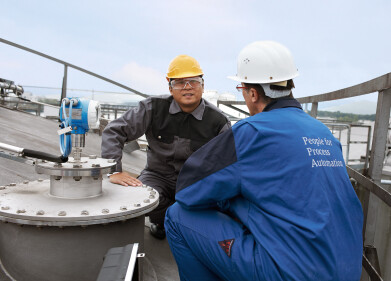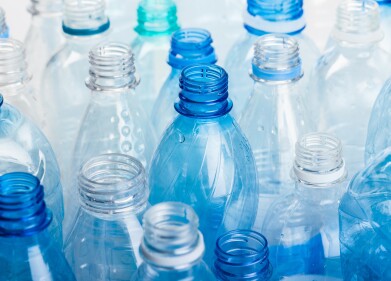Analytical Instrumentation
Hydrogen Fuel Takes Another Step Forward
Mar 01 2019
In the face of plans to enforce "zero emission" cars across the UK by 2040, scientists are fast-tracking eco-friendly technologies like hydrogen fuel, with new developments unlocking the potential to heighten efficiency and increase performance in cold conditions.
The latest catalyst was developed by researchers at the University of Science and Technology of China (USTC) and not only protects the fuel cell during operation but also guards it against extremely cold temperatures. Findings were published in the journal Nature and explain how advances in the development of hydrogen fuel cells could fast-track new applications for the zero-emission fuel, including in the automotive sector.
A step towards clean energy
Hailed as the future of clean energy, hydrogen fuel boasts high energy conversion efficiency rates and zero emissions. However, scientists have faced major challenges when attempting to develop a prototype for use in vehicle engines.
Processes like steam reforming of hydrocarbons are currently used to derive hydrogen, though the finished product is often contaminated with 0.5 percent to 2% of trace carbon-monoxide (CO). The presence of CO can damage fuel cell electrodes, disrupt performance and reduce battery life. For this reason, hydrogen fuel has yet to emerge as a suitable source of power for vehicles.
Overcoming challenges with platinum nanoparticles
The new research builds on a catalyst-based method known as preferential oxidation (PROX), which garnered attention for its ability to remove trace amounts of CO from hydrogen. While existing PROX catalysts were only operatable in high temperatures, the USTC team engineered a new design featuring atomically dispersed iron hydroxide on platinum nanoparticles, which are capable of purifying hydrogen fuel at temperatures of up to 380 degrees Kelvin. This unlocks the scope to use the catalyst for practical applications like fuel cell engines, which must be capable of operating in cold temperatures.
"These findings might greatly accelerate the arrival of the hydrogen fuel cell vehicle era," comments Junling Lu, lead researcher and a professor at the Hefei National Laboratory for Physical Sciences at the Microscale. "Our ultimate goal is to develop a cost-effective catalyst with high activity and selectivity that provides continuous on-board fuel cell protection and that enables complete and 100 percent selective CO removal in a fuel cell that can be used for broader purposes."
Want to know more about the latest hydrogen fuel cell developments? Don't miss 'Method development for the analysis of C1-C5 hydrocarbons in fuel cell hydrogen with calibration gas generated from standard gas and liquids.'
Digital Edition
PIN 25.1 Feb/March
March 2024
In This Edition Safety - The technology behind the ION Science Tiger XT - Safety with ammonia and LOHCs as hydrogen carriers Analytical Instrumentation - Discussion on new tribology te...
View all digital editions
Events
Apr 22 2024 Hannover, Germany
Apr 22 2024 Marrakech, Morroco
Apr 22 2024 Muscat, Oman
Apr 22 2024 Rotterdam, Netherlands
Apr 23 2024 Singapore
.jpg)

















